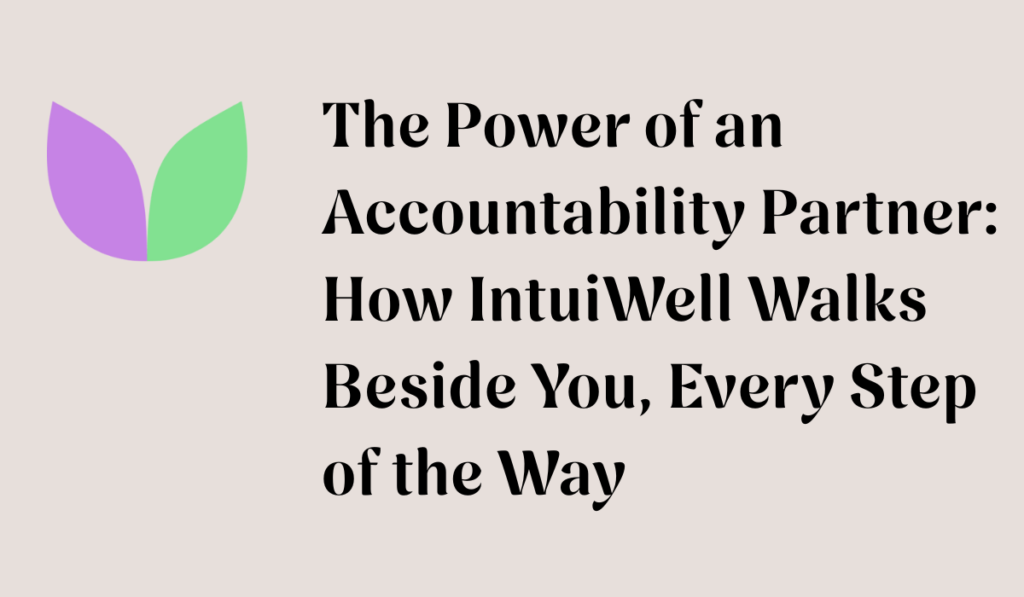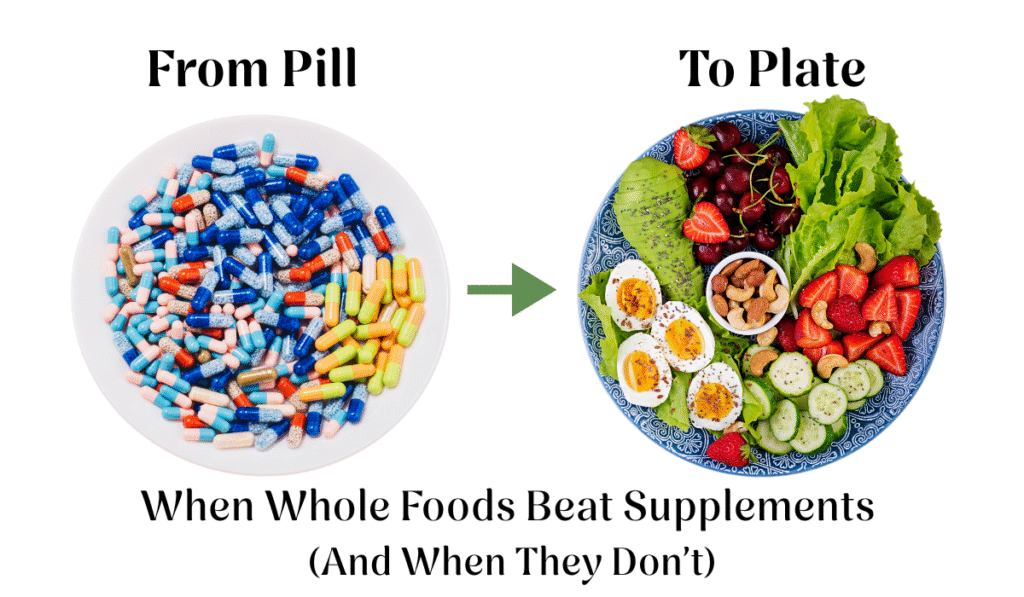Every week, I hear the same concerns from parents:
- “We’ve stopped milk because of hormones.”
- “No wheat in the house, it’s toxic.”
- “Bananas make kids fat.”
- “Rice is bad for metabolism.”
But at the next birthday party, the same kids happily sip cola, grab packaged juices, or dig into “sugar-free, milk-free” ice creams.
Here’s the irony: if the ice cream has no sugar and no milk, what’s giving it taste? Answer: processed chemicals, emulsifiers, and artificial flavors—the very things that harm hormones, gut health, and immunity far more than the natural foods we demonize.
Let’s break down the myths one by one.
1. Milk: The Hormone Scapegoat
The fear: “Milk has hormones; it causes early puberty.”
The reality: Yes, milk naturally contains growth factors—it’s meant to nourish young mammals. But pasteurized, regulated milk has negligible hormone content compared to what our own body produces.
What you lose when you cut milk:
- Calcium
- Vitamin B12
- Iodine
- High-quality protein
These are crucial for bone growth, teeth, and nerve health.
The irony: Parents avoid milk at home but allow flavored yogurts or “milk-free” desserts filled with stabilizers and synthetic flavors.
2. Wheat & Gluten: The Villainized Grain
The fear: “Gluten causes inflammation; everyone is sensitive.”
The reality: Only those with celiac disease (≈1%) or true gluten intolerance need to avoid gluten. Traditional Indian wheat varieties like khapli (emmer) are well tolerated by most.
What you lose when you cut wheat:
- Iron
- Zinc
- B vitamins
- Prebiotic fiber (feeds healthy gut bacteria)
The irony: Families ditch rotis but stock “gluten-free” biscuits and chips—basically starch + oil, with fewer nutrients.
3. Bananas: The “Weight-Gain Fruit”
The fear: “Bananas are fattening.”
The reality: A medium banana has just ~100 calories, along with potassium, magnesium, Vitamin B6, and resistant starch (great for gut health). They’re a perfect fuel for play, focus, and muscle recovery.
What you lose when you avoid bananas: A portable, natural snack that supports nerve function, digestion, and energy.
The irony: Parents reject bananas but hand kids packaged cookies or energy drinks “for a boost.”
4. Rice: The Perpetual Villain
The fear: “Rice makes you fat; it’s just carbs.”
The reality: Rice is one of the most digestible, hypoallergenic grains. Combined with dal, curd, or veggies, it becomes a complete meal. The real problem isn’t rice—it’s oversized portions, lack of fiber, and fried add-ons.
What you lose when you cut rice:
- Easily digestible energy
- Balanced amino acids (when paired with pulses)
- Comfort food that supports gut healing
The irony is that families fear rice at dinner but happily serve fried snacks or instant noodles made from refined flour and oils.
5. The Rise of “Free-From” Foods
The trend: Sugar-free, gluten-free, milk-free everything.
The reality: These products remove natural ingredients but replace them with sugar alcohols, syrups, emulsifiers, and stabilizers—much harsher on the body.
What you lose: Natural, time-tested nutrients.
What you gain: Artificial additives, gut irritants, and confusion about what “real food” even means.
The Bigger Picture
By cutting out nutrient-rich foods like milk, wheat, bananas, and rice, families aren’t protecting their health. They’re creating silent deficiencies in calcium, B12, iron, potassium, and protein—all while embracing “healthier” junk.
A Better Approach:
- Verify your sources instead of following reels blindly.
- If concerned, buy organic or local.
- Focus on balance and moderation, not bans.
- First, fix your lifestyle: prioritize better sleep, outdoor play, and fewer packaged foods.
Ready to Stop the Confusion?
At IntuiWell, we help families cut through fads and return to practical, science-backed nutrition that works in real life.
👉 Book your free discovery call here
Summary
Parents are eliminating milk, wheat, bananas, and rice due to social media fears—while simultaneously introducing more processed “health foods.” This swap removes vital nutrients and replaces them with chemicals and additives. The solution is not bans, but balance: choosing whole, traditional foods in moderation, fixing lifestyle habits, and questioning internet trends before applying them to kids.
FAQs
Q1. Is milk really safe for kids?
Yes. Regulated, pasteurized milk is safe. If your child is lactose intolerant, alternatives like curd or paneer still provide nutrients.
Q2. Should everyone avoid gluten?
No. Only those diagnosed with celiac disease or gluten intolerance need to. Others can safely eat wheat, especially traditional varieties.
Q3. Do bananas cause weight gain?
No. Bananas are nutrient-dense and provide natural energy. Weight gain depends on overall lifestyle and portion sizes, not one fruit.
Q4. Is rice bad for metabolism?
Not at all. Rice is digestible and nutritious when paired with proteins and vegetables. The issue is excess quantity and a lack of diversity in meals.
Q5. Are “free-from” foods healthier?
Usually not. They often replace natural ingredients with artificial chemicals, which can be worse for gut health and immunity



